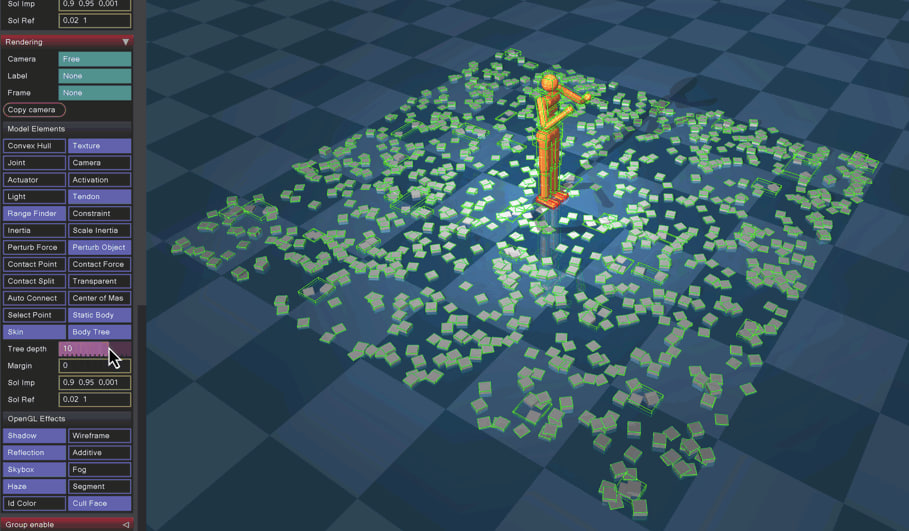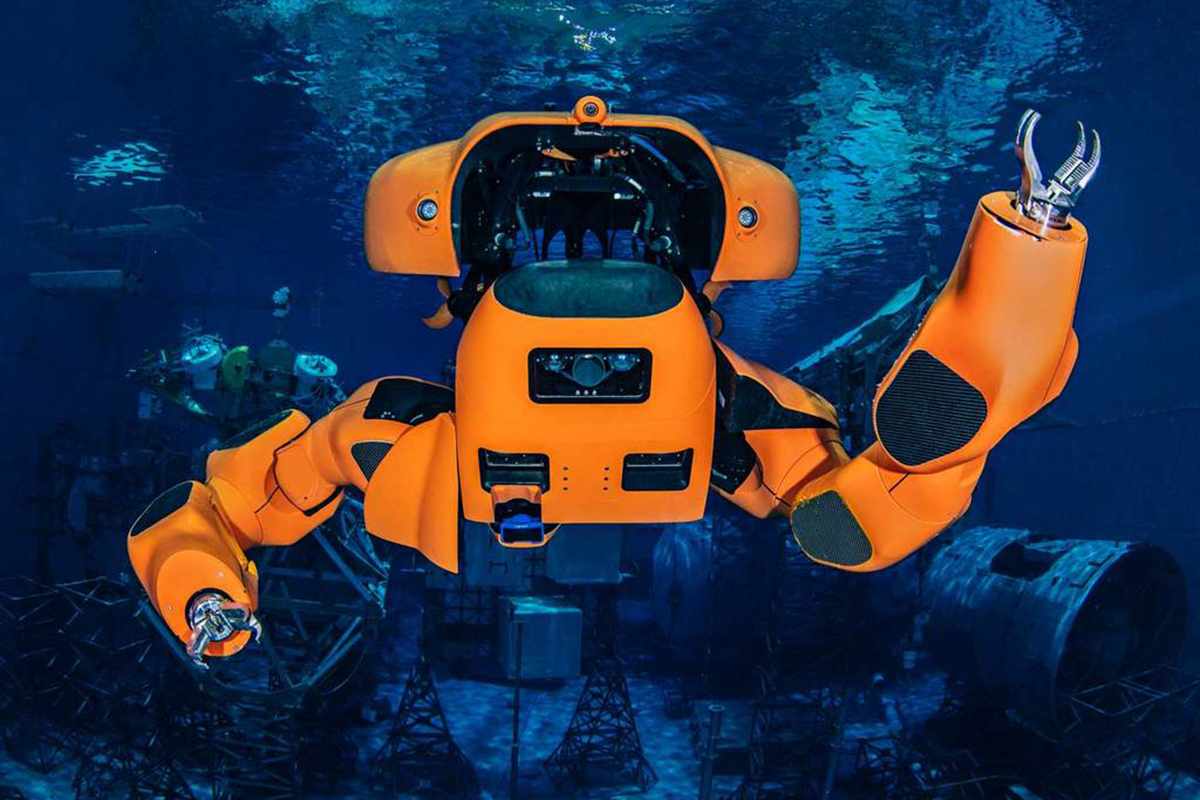In a groundbreaking development, Japanese researchers have unveiled footage of a humanoid robot named Musashi operating an electric micro-car, potentially revolutionizing the approach to autonomous vehicle technology.
While most autonomous vehicle research focuses on integrating advanced technologies directly into vehicles, this project explores a different avenue. The University of Tokyo's team has placed a robot worker in the driver's seat, mimicking human driving actions.
Musashi, a "musculoskeletal humanoid" developed in 2019, is equipped with human-like proportions and a joint and muscle structure inspired by the human body. The robot's head features high-resolution cameras in movable eyes, allowing it to view the road and check mirrors. Its hands can operate the steering wheel and other controls, while its feet manage the pedals.
This unconventional approach to autonomous driving could offer unique advantages. It potentially eliminates the need for extensive vehicle modifications and allows the robot worker to perform other tasks between drives. Additionally, the sensor-equipped humanoid could double as a crash test dummy for automakers.
While early tests have shown promise, with Musashi responding to pedestrians, car horns, and traffic lights, challenges remain. The robot struggled with inclines and took several minutes to navigate corners.
As autonomous vehicle technology continues to evolve, this robot worker approach opens up new possibilities in the field, potentially steering research in an entirely new direction.


















